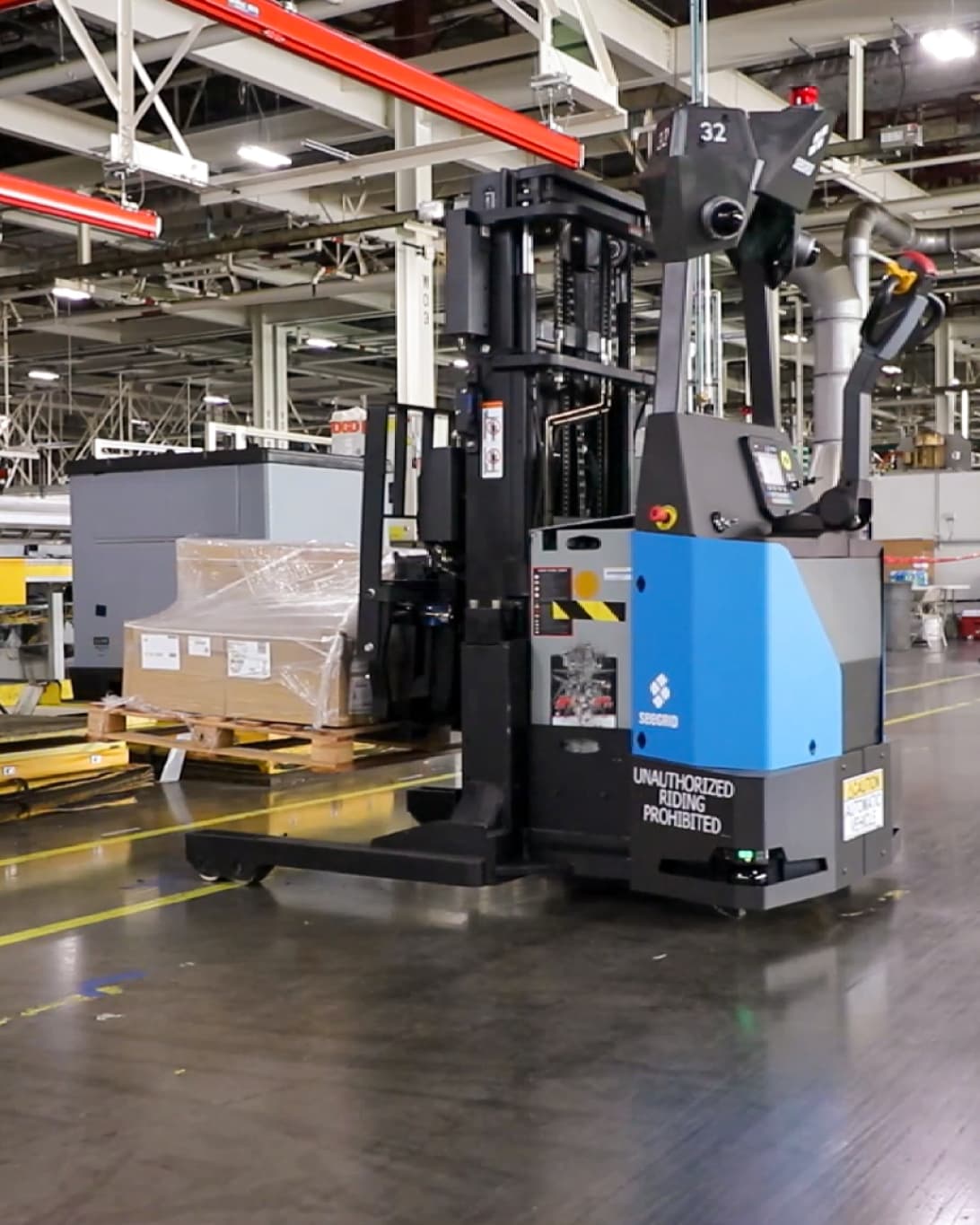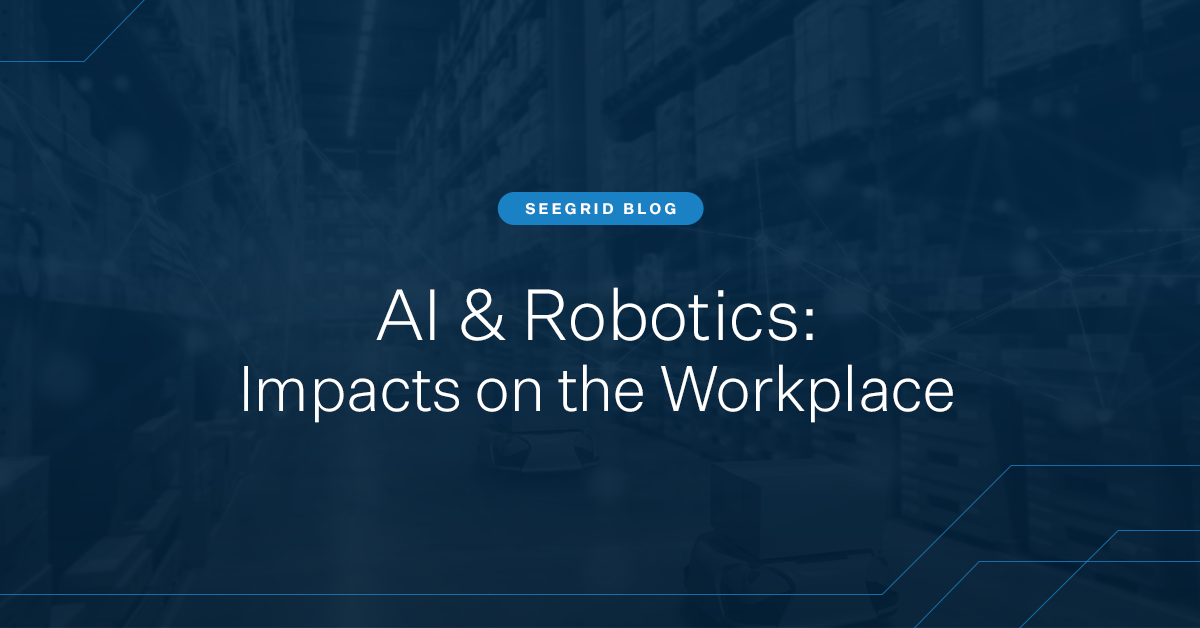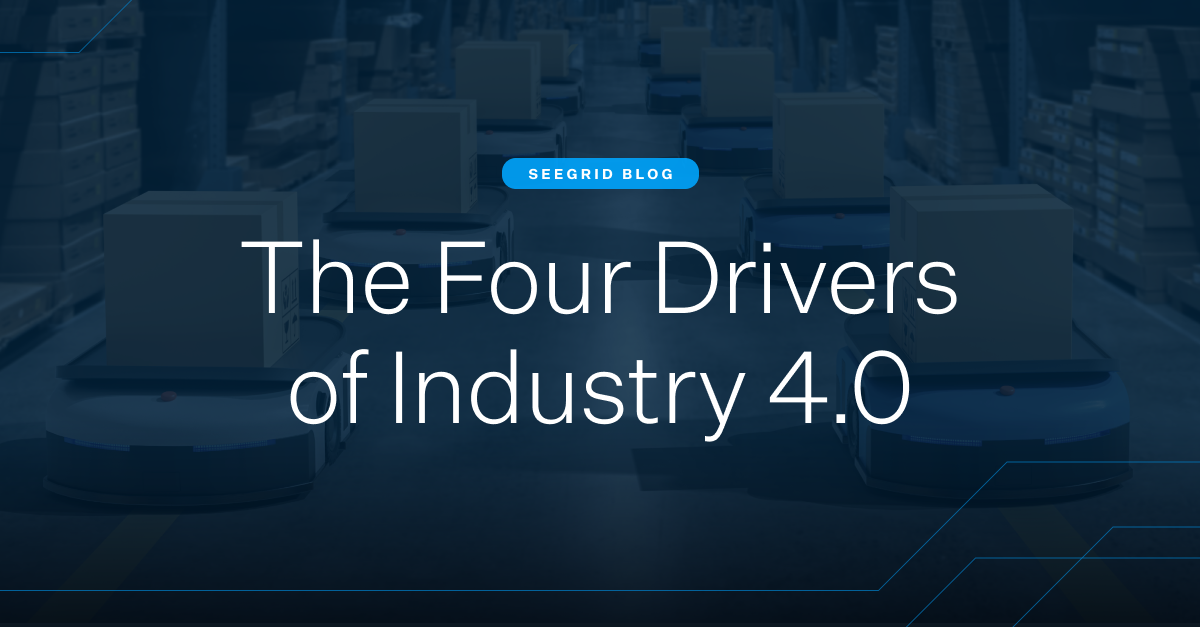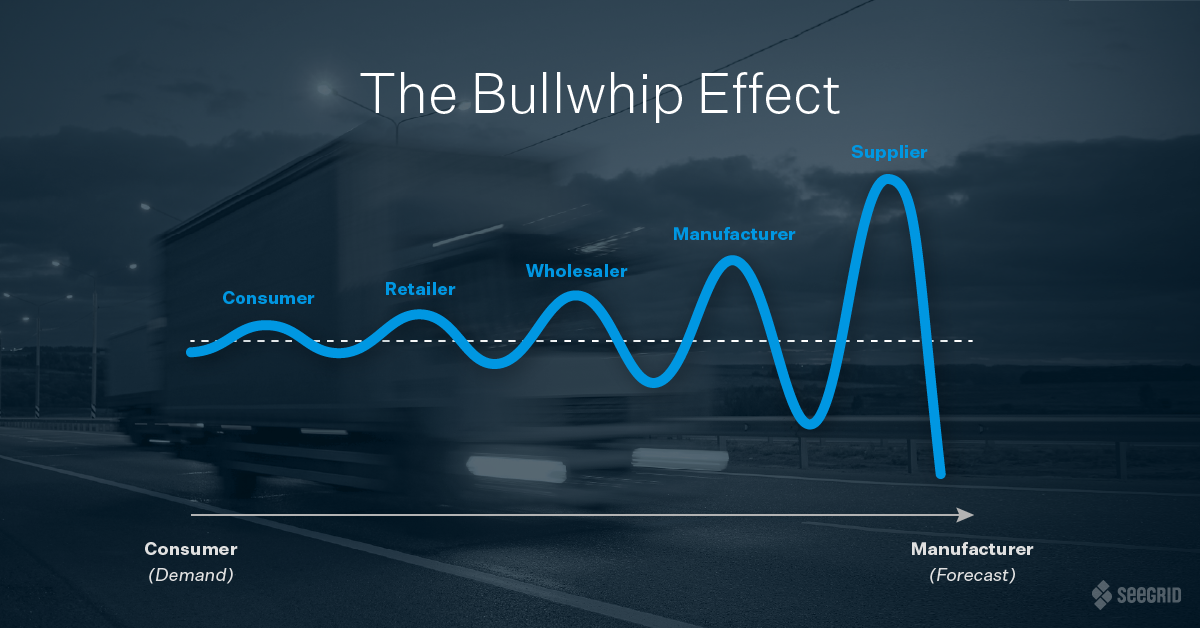Manual forklifts are the most common powered industrial vehicles in the world. And with over 10 million active in warehouses and manufacturing facilities throughout the United States, they don’t come without risks and drawbacks. Manual forklifts are responsible for over 25,000 accidents leading to nearly 100 deaths annually. Furthermore, with the demand for forklift drivers at an all-time high due to the shortage of qualified workers, 25% of these OSHA recordables are due to improper operator training. As autonomous forklift capabilities continue to improve, there is a strong desire to automate so that you can minimize the number of manual forklift drivers in efforts to improve safety and productivity.
As a result, warehouses and manufacturing environments are turning to Forklift AMRs to automate dangerous and inefficient workflows to redefine their approach to material handling. In this blog, we’ll take a look at some of the problems solved by autonomous forklifts as well as the top autonomous lift applications for warehousing and manufacturing.
Let's start with the basics. What makes Lift Truck AMRs so important for warehousing and manufacturing?
Forklift AMRs Improve Safety
Humans make costly, often dangerous, mistakes. AMRs simply don’t. Thanks to their robust suite of safety sensors and redundancies, forklift AMRs are safer than their human-operated counterparts. In fact, according to OSHA, during the average eight-year lifespan of a manual-driven lift truck in the U.S., nearly 90% of these vehicles can expect to be involved in some sort of accident.
Unlock Efficiency
Forklift AMRs work every shift, every day.They don’t require breaks and are capable of performing similar tasks to humans without the risk of errors. Autonomous and manual vehicles are not a 1:1 swap however, as famously noted by Hans Moravec in what is known as Moravec’s Paradox: things which we find easy to do as human's are very hard for machines, whereas things which are hard for human's are easy for machines. With this in mind, the best combination is for humans and machines to work alongside each other—with AMRs doing the mundane, and often dangerous tasks, while humans are left to more cognitive roles.
Scalable Automation
It’s no longer a matter of “if” you should adopt workflow automation—it’s a matter of how and when. The more autonomous your facility becomes, the more benefits and ROI you can expect to gain; from overall operational cost and inventory reduction, to reliable throughput and predictability. By using Seegrid Lift,in concert with other automation technologies, AMRs can successfully facilitate full end-to-end workflow automation with the ability to adjust with changing demands.
Enable Autonomous Buffer Management (ABM)
Buffers are the backbone of manufacturing and warehousing workflows. We have yet to see a facility that doesn’t use buffers to cut down travel times and support mission critical workflows. Seegrid developed Autonomous Buffer Management specifically to handle those workflows and enable the automation of one of the most time consuming manual processes in warehousing and manufacturing - enabling true end to end automation while improving throughput and predictability. Learn more about ABM here.
Top Applications for Forklift AMRs
While forklift AMRs have clear benefits, they are not yet capable of automating every workflow in every facility. We suggest prioritizing consistent, repetitive tasks so you can easily integrate forklift AMRs into your workflows. These applications are some of the most effective ways to use AMRs today.
Manufacturing Applications:
Parts-to-Line
Bringing parts to an assembly line is one of the most critical tasks for forklift operators in manufacturing facilities—making it also one of the most critical to automate. When productionlines begin to run low on materials, assembly line operators can simply request for Forklift AMRs to bring new components and haul away the empty containers. Automating parts-to-line provides line workers with a consistent flow of needed materials, adjusting to their demands in real-time and eliminating the risk of human error or productivity gaps.
Inbound Materials to Pre-Work Buffer
Pre-work buffers are any place within a facility where parts are staged before going to the production line. These buffers are often built to support manufacturing operations to minimize travel times and promote efficiency when moving materials from a buffer to the line. With the implementation of AMRs into this workflow, materials can be directly transported from an inbound dock or long-term storage area to the buffer.
Finished Goods to Outbound, Stow, or Warehouse
Once goods are finished, getting them off of the production line and to either an outbound dock or a storage location in a timely manner is the number one priority. Lift Truck AMRs can both move goods at regularly defined intervals as well as be “on call” to transport finished goods the moment they’re completed at the speed you need.
Work-in-Progress (WIP) Material Management
In manufacturing environments, WIP often goes from line to line before they are completed. Lift Truck AMRs can transport components at various stages of completion between production lines or work cells, enabling smooth material flow from start to finish without the need for manual forklifts or expensive and inflexible conveyance.
Warehousing and Logistics Applications:
Inbound Dock to End Cap or Stow Buffer
In warehousing and logistics environments, once received from a truck at an inbound dock, materials are often transported to temporary storage en route to their final stow destination. Forklift AMRs focused on this transport in conjunction with humans focused on value-added tasks, are an ideal combination for managing these buffering processes, promising constant material flow and throughput while minimizing the distance of any single leg of the journey.
Outbound End Cap to Dock Door
Ready-to-ship materials are often placed in temporary storage locations or buffers before being transported to an outbound dock. Forklift AMRs can easily manage this predictable, repetitive process to ensure that materials are always delivered on time, every time.
Universal Applications:
Many Lift truck AMR applications aren’t exclusive to warehousing, logistics, or manufacturing applications. In fact, they can be found across multiple industries and facility types. Any operation that uses forklifts to perform monotonous daily tasks has the potential to benefit from the successful implementation of automated vehicles. Some of the most common applications include the following:
Palletizing
Palletizing material is one of the most common and necessary parts of any warehousing or manufacturing facility. Delivering stacks of pallets at, or picking a finished pallet from, a palletizer is a steadfast task for Forklift AMRs to easily handle.
Wrapping
Asone of the last critical steps before materials are transported from a facility, wrapping offers a large opportunity for automation. Automating this process removes frequent and costly manual touchpoints, allowing the AMRs to transport both the unwrapped and wrapped pallets, as well as integrate with a variety of conveyance and wrapping systems.
Dunnage (Garbage)
Moving garbage from one part of a facility to another is by no means a glorious task, but it is vital when it comes to keeping facilities clean and organized. Relying on forklift AMRs to perform dunnage runs can immediately help refocus manual labor on much greater cognitive, value-added tasks.
NOW is the time to automate.
Whether managing complex workflows to support manufacturing lines, streamlining the flow of goods in a warehouse, or just getting rid of garbage, Lift Truck AMRs provide the versatility and flexibility you need. Seegrid has two different Lift Trucks AMRs—the CR1 and the RS1—that cover all of the applications in this blog. Ready to start your lift truck automation journey today? Let’s chat.
Embrace the efficiency, adaptability, and precision of Lift Truck AMRs to transform your operations. Whether performing end-to-end manufacturing workflows, optimizing warehouse logistics, or simplifying mundane tasks like waste management, autonomous forklifts offer the versatility and flexibility essential for success in today's dynamic landscape. Experience the power of automation to unlock unparalleled productivity and reliability with lift truck AMRs.






